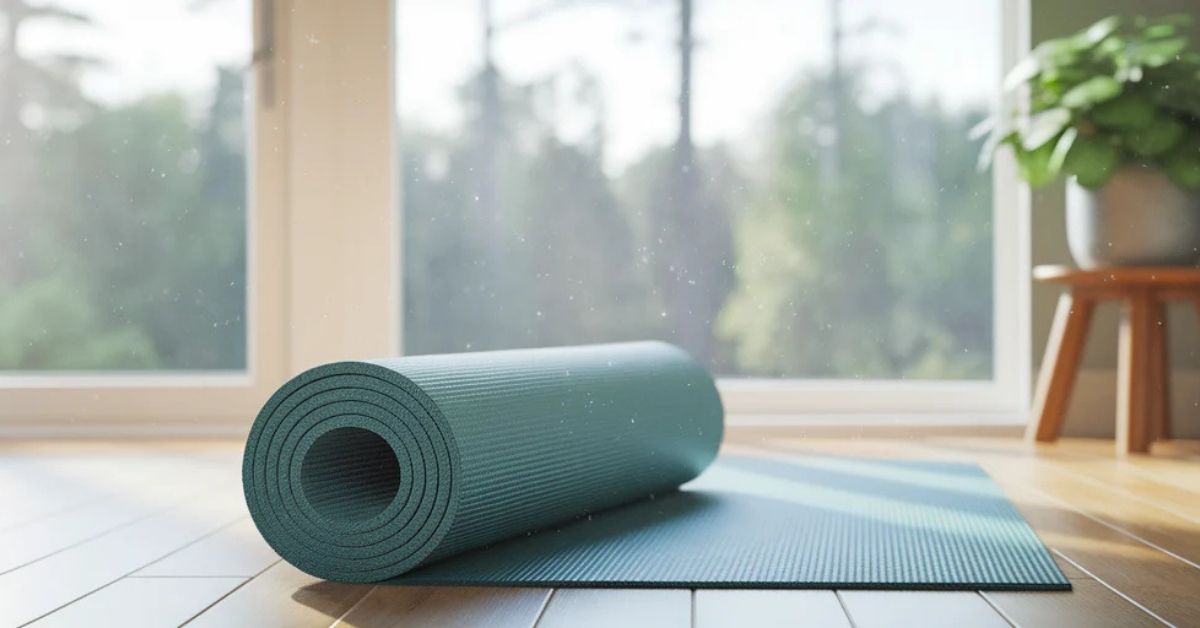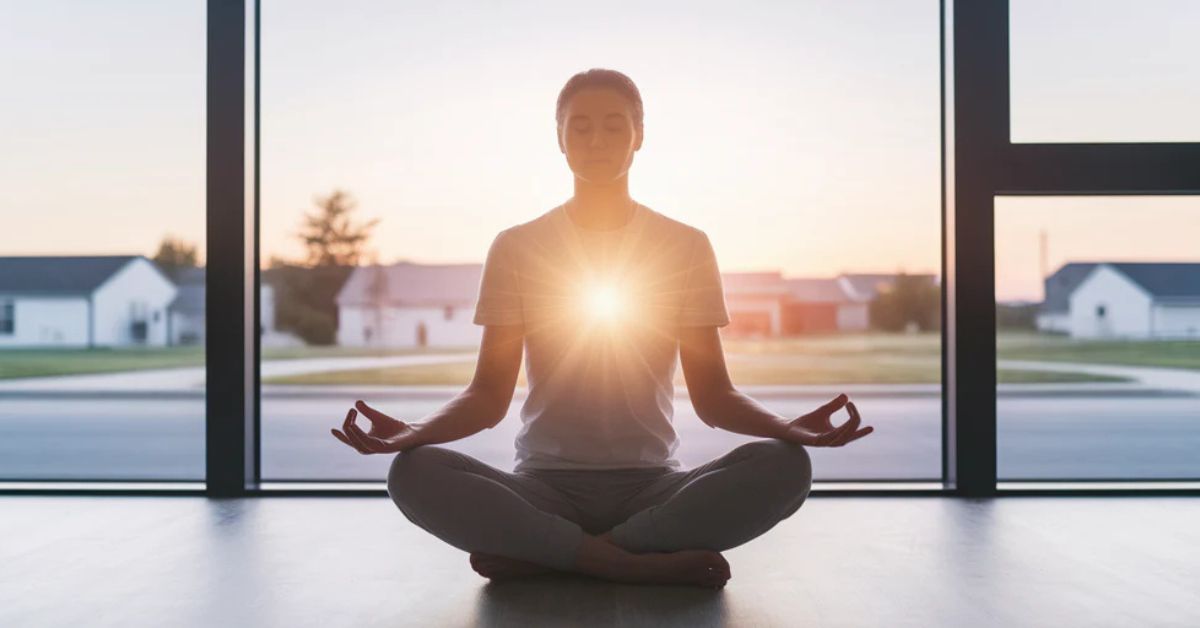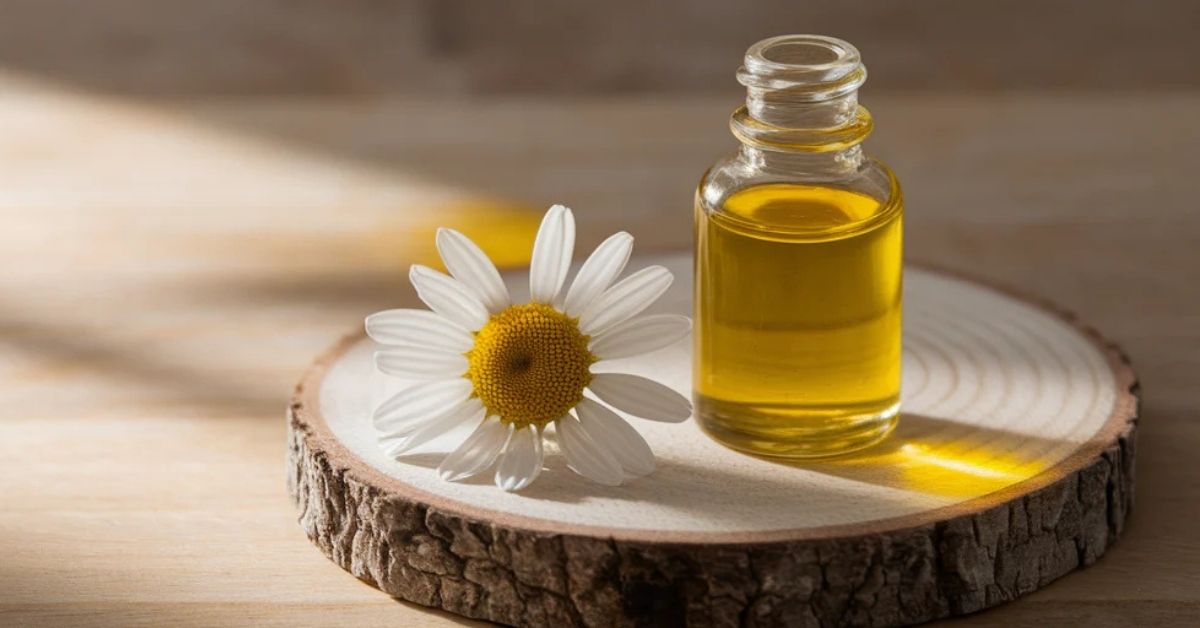
Which Yoga Style Is Your Perfect Match?
Beginning Your Journey on the Mat
Stepping onto a yoga mat can feel like standing at the edge of a beautiful, mysterious ocean. With so many currents and waves, which one is meant for you? That first step is often a mix of curiosity and a tiny bit of hesitation, which is completely normal.
Let’s get one thing straight: yoga is a personal journey, not a performance. There’s no such thing as being “bad” at it. If you can breathe, you can do yoga. The common fear of not being flexible enough is a bit like thinking you need to be a chef to enjoy a good meal. Flexibility is a result of the practice, not a prerequisite. The variety of beginner yoga styles is a delightful exploration, like finding a favorite cozy sweater. It’s all about what feels right for you.
So let’s playfully tackle that little bit of “mat-phobia.” Simply showing up is the biggest, most courageous step. This guide will help make that step feel easy and exciting.
The Gentle Foundation: Hatha Yoga
Hatha yoga is the classic, foundational style, making it a perfect starting point. Think of it as learning the basic chords on a guitar before you can strum a whole song. It’s a slower, more deliberate practice where poses are held for several breaths. This gentle pace gives your mind and body time to connect, learn proper alignment, and settle in without feeling rushed. You get to know each pose as a friend rather than rushing past it in a crowd.
A typical Hatha class includes physical postures, breathing exercises to calm the nervous system, and a moment of quiet meditation. This approach builds a solid foundation of body awareness and mindfulness. In the great hatha vs vinyasa yoga debate, Hatha is the calm, steady anchor. It’s ideal for anyone seeking a gentle introduction to yoga, a focus on the fundamentals, and a truly calming experience.
This foundational energy work is a beautiful way to connect with your inner self. To continue this exploration, you might find that our Chakra Meditation course wonderfully complements the mindful connection you build in Hatha.
The Dynamic Dance: Vinyasa Yoga
If Hatha is the steady anchor, Vinyasa is the graceful dance. Often called “flow yoga,” Vinyasa is like a choreographed dance where your breath is the music. Instead of holding poses for long periods, you move fluidly from one to the next, creating a beautiful, continuous sequence. This style is perfect for those who love movement and might get a little fidgety in stillness.
The constant motion makes Vinyasa a more athletic experience. It builds strength, improves cardiovascular health, and increases flexibility as you flow. One of the most appealing aspects is its creativity. No two Vinyasa classes are ever exactly the same, which keeps the practice fresh and engaging. It’s a moving meditation that can help you get out of your head and into your body.
While it can be an energetic workout, don’t let that intimidate you. Many studios offer “beginner” or “slow-flow” Vinyasa classes that break down the sequences at a manageable pace. When considering hatha vs vinyasa yoga, choose Vinyasa if you crave an active, fluid practice that builds heat and leaves you feeling both energized and centered.
The Quiet Surrender: Yin and Restorative Yoga
Now let’s explore the wonderfully chill side of the yoga spectrum. Yin and Restorative yoga are both slow, meditative, and deeply relaxing, but they offer slightly different paths to tranquility. They are the yoga equivalent of a warm hug for your soul.
Yin Yoga: The Deep Stretch
Yin yoga for beginners is a quiet and profound practice. Here, you hold floor-based poses for longer periods, typically three to five minutes. The goal isn’t to engage your muscles but to relax into the posture and allow gravity to do the work. This passive approach targets the deep connective tissues like fascia and ligaments, promoting flexibility in a way that more active styles don’t. It’s a practice in surrender, teaching you to be comfortable in stillness and breathe through gentle intensity.
Restorative Yoga: The Ultimate Reset
If your body and spirit are calling out for a complete reset, Restorative yoga is your answer. This is the pinnacle of relaxation. The practice uses an abundance of props like bolsters, blankets, and blocks to completely support your body in every pose. With zero effort required, your nervous system can shift into its “rest and digest” mode, allowing for deep healing. Research from sources like the Cleveland Clinic highlights significant restorative yoga benefits for reducing stress. To deepen this blissful state, try pairing your practice with the calming sounds from our library of music meditations.
Precision and Power: Iyengar and Ashtanga
For those who find peace in structure and a satisfying challenge, Iyengar and Ashtanga offer disciplined paths. These styles are for the part of you that loves a good plan and appreciates the beauty of refined technique.
Iyengar Yoga: The Art of Alignment
Iyengar yoga is all about the details. It has a meticulous focus on correct posture and alignment in every single pose. What makes it so accessible is its brilliant use of props. Blocks, straps, chairs, and blankets are not seen as crutches but as intelligent tools to help every student, regardless of ability or injury, find the proper form. This style is perfect for detail-oriented individuals who want to understand the “why” behind each pose. It’s a wonderfully nerdy and enlightening approach to yoga, and having the right tools, like those in our merchandise collection, can support your practice.
Ashtanga Yoga: The Disciplined Flow
Ashtanga is a physically demanding practice that follows a specific, unchanging sequence of poses. This repetition is its power. By practicing the same series, you build incredible strength, stamina, and discipline. The mind quiets down because it knows what’s coming next, allowing the practice to become a powerful moving meditation. While it is an advanced style, beginners can absolutely start with “Intro to Ashtanga” or “Mysore-style” classes, where you learn the sequence at your own pace in a supportive group setting. Choose Ashtanga if you crave routine and a serious physical and mental workout.
Finding Your First Perfect-for-You Class
So, after all that, what yoga is best for me? The beautiful truth is that there is no wrong choice. The best practice is simply the one that makes you feel wonderful in your own skin and spirit. Think of choosing a yoga class as a fun experiment. Try a few different styles and, just as importantly, a few different teachers. The connection you feel with your instructor can shape your experience just as much as the style itself.
To help you get started, here’s a quick guide to match a style to your vibe:
| Yoga Style | The Vibe | Choose This If You Want To... |
|---|---|---|
| Hatha | Gentle & Grounding | Learn the basics at a slow pace and build body awareness. |
| Vinyasa | Dynamic & Flowing | Get a creative workout, build strength, and connect breath to movement. |
| Yin | Quiet & Deep | Increase flexibility in your connective tissues and practice stillness. |
| Restorative | Blissful & Healing | Deeply relax, de-stress, and recharge your mind and body. |
| Iyengar | Precise & Detailed | Focus on perfect alignment and use props to deepen your understanding. |
| Ashtanga | Disciplined & Powerful | Follow a set routine to build serious strength and stamina. |
This table is a starting point. Remember that the teacher, studio, and your own energy on any given day will shape your experience. Have fun exploring!
Your yoga mat is your personal sanctuary for self-discovery. This journey is a powerful practice, much like learning why custom manifestation meditations can align you with your goals. Enjoy the process of finding what feeds your spirit.




